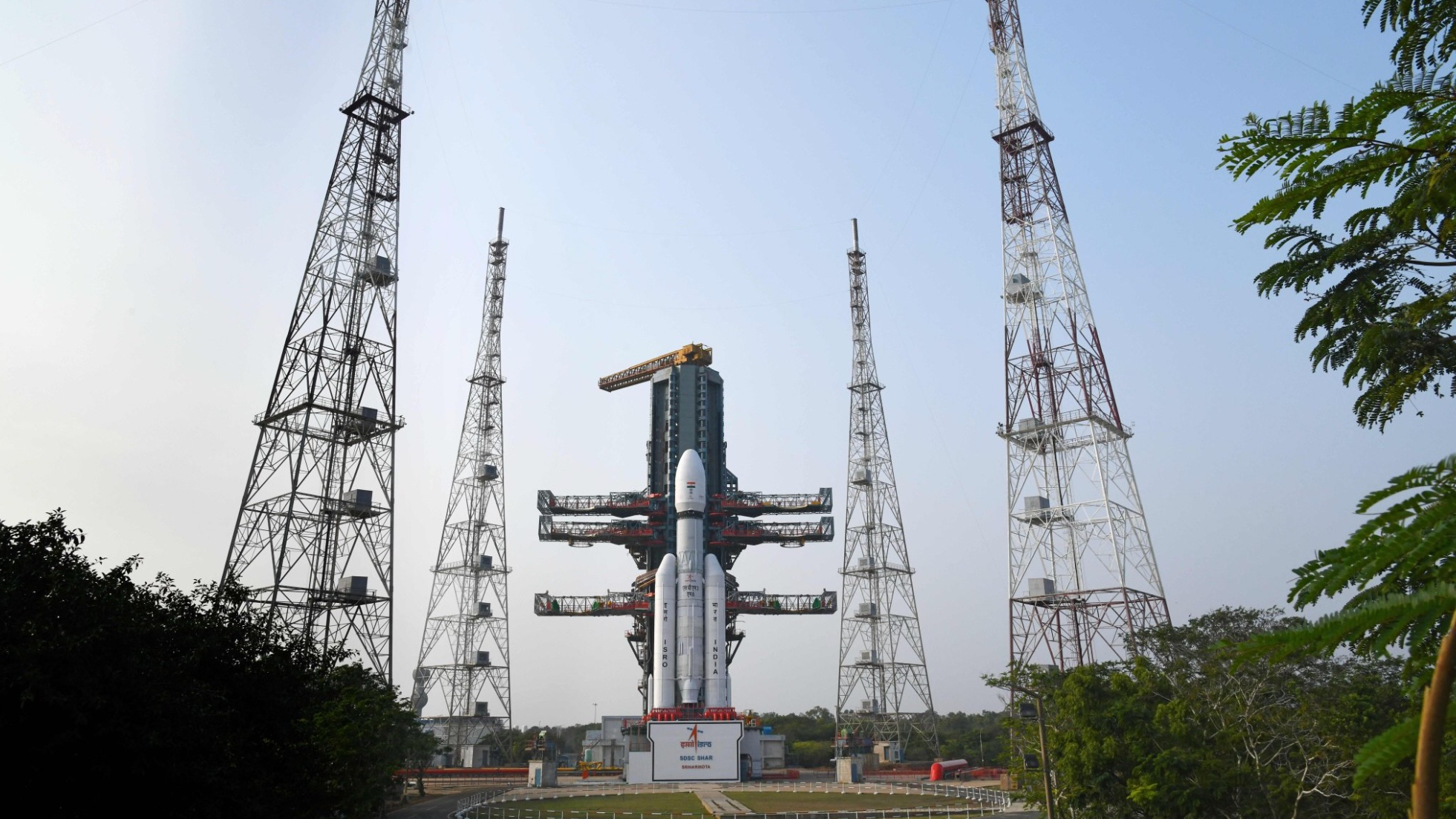Leap Second on Saturday Will Cause 61-Second Minute

The transition from June to July will be delayed by circumstances beyond everyone's control. Time will stand still for one second on Saturday evening (June 30) because a "leap second" will be added to let a lagging Earth catch up to super-accurate clocks.
International Atomic Time is a very accurate and stable time scale. It is a weighted average of the time kept by about 200 atomic clocks in over 50 national laboratories worldwide. Atomic time is measured through vibrations of atoms in a metal isotope that resembles mercury and can keep time to within a tenth of a billionth of a second per day. The result is extremely accurate time that can be used to improve synchronization in precision navigation and positioning systems, telecommunications networks and deep-space communications.
But from their careful observations of the positions of the stars, astronomers have deduced that Earth's rotation is ever so slightly slowing down at a non-uniform rate, probably attributable to its sloshing molten core, the rolling of the oceans, the melting of polar ice and the effects of solar and lunar gravity.
Adjusting the clock
Today's atomic clocks are accurate to approximately one second in 200 million years. On average, our planet has been falling behind atomic time at a rate of about two milliseconds per day. As a result, it now trails the "official" clock by about six-tenths of a second.
As a result of this difference, atomic clocks, which are used to set all other clocks, can get out of sync with the Earth and periodically have to be adjusted. A leap second has to be added from time to time to make up the difference.
The next time will be Saturday, when the master clock at the United States Naval Observatory will be adjusted at 7:59:60 p.m. Eastern Daylight Time, or 23:59:60 Coordinated Universal Time (UTC). This will put Mother Earth about four-tenths of a second ahead of the clock, giving her a bit of a head start as we transition into the new month of July.
Breaking space news, the latest updates on rocket launches, skywatching events and more!
Who says chivalry is dead?
How to see and hear the extra second
Today many retailers market radio clocks as "atomic clocks." Though the radio signals these clocks receive usually come from true atomic clocks, they are not atomic clocks themselves. Typical radio "atomic clocks" require placement in a location with a relatively unobstructed atmospheric path to the transmitter, need reasonably good atmospheric conditions to receive the time signals, and perform synchronization once a day, during the nighttime. [Hit Snooze: 10 Best Alarm Clocks]
If you own such a device, you may want to observe what your clock displays just before 0 hours GMT July 1, which corresponds to 8 p.m. EDT on June 30. The minute beginning at 7:59 p.m. EDT will contain 61 seconds. (When a leap second was added in 2005, I watched my own clock closely during that minute as the seconds ticked off. When the final second of that minute was reached, the number "59" flashed not once, but twice!)
If you don't have a radio clock, you can bring up a time display on your computer by going to: http://nist.time.gov/.
You can also listen for the leap second by tuning in to a shortwave time signal station. In North America, the "extra tick" can be heard by listening to either station WWV in Fort Collins, Colo., at 2.5, 5, 10, 15 and 20 megahertz; WWVH in Kekaha, Hawaii, at 2.5, 5, 10 and 15 megahertz; or CHU in Ottawa, Ontario, Canada, at 3330, 7850, and 14670 kilohertz. A listing of shortwave time signal stations for other parts of the world can be found at http://www.dxinfocentre.com/time.htm.
Should you encounter poor reception, try preparing a seconds pendulum by hanging a small weight on a string about 39.1 inches (99.3 centimeters) long. Adjust the string length beforehand until the swings exactly match the time signal ticks. If the beeps denoting the start of each minute occur at the left extreme of a swing before the final (UTC) minute of June, they will be heard at the right extremes thereafter. (Although the swing amplitude will be steadily dying down, this does not affect a free pendulum's oscillation period.)
Not the year's midpoint
Saturday will be the 25th time a leap second has been needed since the practice was initiated in 1972, and will be the first in 3½ years. The most recent leap second was inserted into the atomic time scale on New Year's Eve of 2008.
Incidentally, July 1 is not the midpoint of 2012. That will take place July 2 at 0 hours UTC if you count the year as beginning when it did at Greenwich, England – or at 1 a.m. Daylight Saving Time, if you count the year as beginning when your clock said midnight in the standard time of your time zone, .
Regardless of how you use your extra second, just keep this one indisputable fact in mind: Whenever you note the time on the clock, realize that it is now – right now – later than it has ever been.
Joe Rao serves as an instructor and guest lecturer at New York's Hayden Planetarium. He writes about astronomy for The New York Times and other publications, and he is also an on-camera meteorologist for News 12 Westchester, New York.

Joe Rao is Space.com's skywatching columnist, as well as a veteran meteorologist and eclipse chaser who also serves as an instructor and guest lecturer at New York's Hayden Planetarium. He writes about astronomy for Natural History magazine, Sky & Telescope and other publications. Joe is an 8-time Emmy-nominated meteorologist who served the Putnam Valley region of New York for over 21 years. You can find him on Twitter and YouTube tracking lunar and solar eclipses, meteor showers and more. To find out Joe's latest project, visit him on Twitter.

